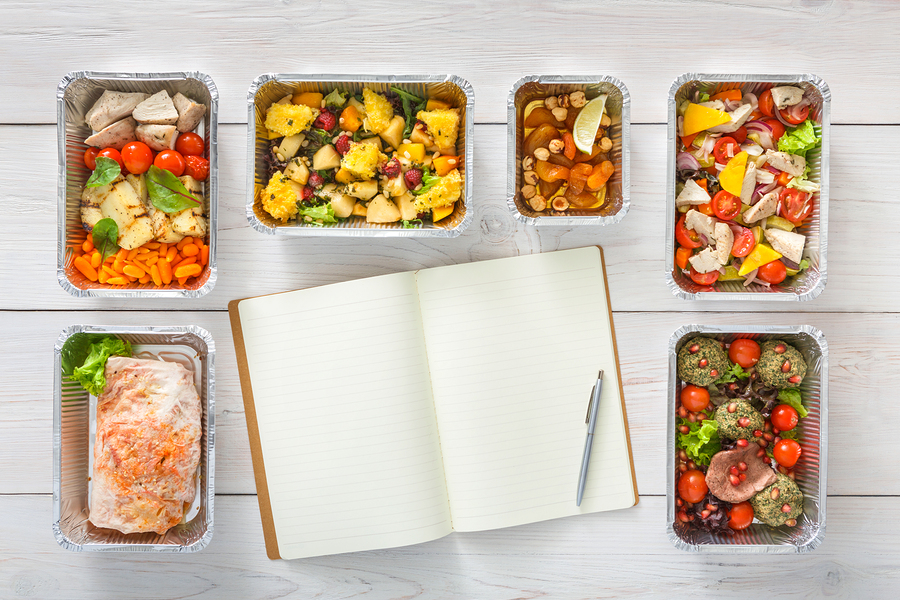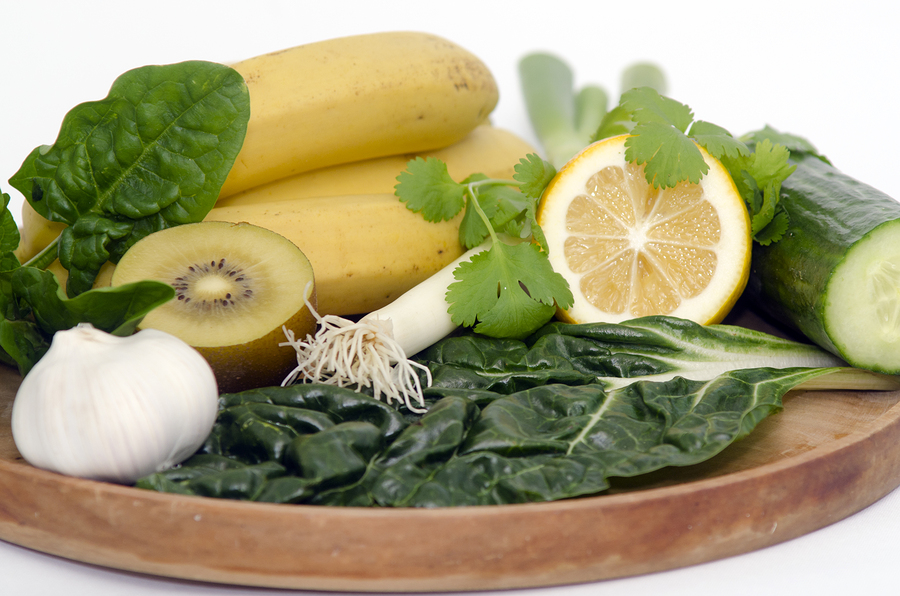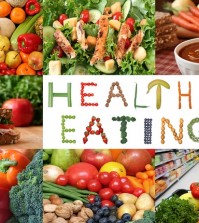- Make It Yourself Lavender Heart-Shaped Bath Bombs!
- 20 Things You Never Knew About “Down There”
- 12 Best Foods For Those Suffering From Arthritis Pain
- 12 Personal Hygiene Mistakes Almost Everyone Makes (Mom Never Told You About #4!)
- 15 Medicinal Plants And Herbs From The Cherokee People
- 12 Mind-Blowing Benefits Of Drinking Coconut Water During Pregnancy
- 12 Outstanding Winter Foods That Won’t Fatten You Up Like A Christmas Turkey
Food Parts You Never Knew You Could Eat
New uses for same old crops
In general, consumers have a pretty good idea of what is edible as food, and what is not. This is especially true of crops grown in the fields, so beloved to all the healthy eaters. Many folks also have backyard vegetable gardens which yield regular harvests for the table.
But did you know that many of the crops, including those grown in your own garden, have edible parts that are just thrown into the waste? This does not only apply to vegetables, but to other species as well, such as flower parts.
Right across America, scraps such as vegetable trimmings, skins and seeds, are tossed into the garbage. Research studies showed that many of the so-called waste products are actually edible parts with nutritional value.
The studies estimated that 30 to 40% of the food eaten in the US is wasted. That equates to around 20 lbs of discarded food per person per month.
More knowledge about edible food parts can certainly enhance your nutrition – and help cut down the waste problem.
Continue to Page 2
Edible food parts that you may be throwing away
Many of these food parts have been used in natural medications and herbal preparations by cultures going back hundreds of years. There are plenty of items you can introduce into your kitchen, and to your family, creating some different dishes to tempt the taste buds.
RELATED: 20 Mind Blowing Uses For Two Things You Throw Away All The Time!
Here is a list of 10 wholesome items that are easy to obtain.
- Broccoli leaves. The nutrition from this veggie is not only in the floret. The leaves are loaded with antioxidants to help combat the free radicals in the body. You can boil the leaves for a few minutes to use as an alternative to a wrap, or you can chop and sauté in a little oil, and serve as you do other vegetables.
- Kiwi fruit skin. The kiwi industry encourages people to eat the skin of the fruit. They note that the skin is high in vitamin C, and contains 3 times the amount of fiber than the actual fruit does. You need not peel the kiwi fruit, but do wash well before eating.
- Onion skins. Onion skins should never be tossed away. They are excellent for helping to lower blood pressure, prevent inflammation, and lower cholesterol. You can add a whole onion, skin and all, to a pot of soup or stew you are making.
- Squash and marrow skins. It is not an easy task to peel squash and marrow skins, but the skins, mainly the smooth variety, are absolutely edible. Also just wash well, and remove any warn-thin patches.
- Lemon peels. These skins are rich in dietary fiber and vitamin C. Research has shown that lemon skin extracts have been added to supplements used to help prevent cancer, including basal cell carcinoma of the skin. Grate the peel and add to cooking and salads for a new, tart taste.
- Watermelon rinds are popular for use in making chutney, and use in special Indian curries and sauces.
- Lettuce stalks. The lettuce is usually known for its head so delicious in salads, but in some parts of the world, the so-called stalk is greatly prized for its flavor. In certain varieties of lettuce, the stalk appears once the growing cycle is complete, and looks almost like a stalk of asparagus. It is officially known as ‘bolted’ lettuce, and can be chopped and added to stir fries, soups, and added to salads.
- Strawberry leaves are rich in bio-active compounds which help to fight heart disease, and are also high in anti-inflammatory agents. You can add these leaves to smoothies, or sprinkle on top of a salad.
- Grape leaves. These are often used in Eastern and Mediterranean cuisine. They are can be made as wraps and filled with rice and chicken, with added spices for an exciting new flavor. They’re also very tasty when added in small amounts to soups and stocks. Grape leaves should picked when big and young, but don’t pick in massive quantities as you could harm the grape yield.
- Cauliflower leaves. The leaves of this delicious white vegetables are usually thrown away. But you will be surprised at how tasty the leaves are when roasted with garlic, herbs, and sprinkled with a little olive oil. Can be used as a veggie side dish, or chopped up and added to salads.
These are just a few examples of the edible parts of harvested foods that are mostly tossed out. With a bit of initiative, there are many other examples you will be able to find, and include in a healthy diet for the whole family.
Continue to Page 3
What about edible flowers?
Edible flowers have long been used by folk to pump up their nutrition and mineral requirements. Research has shown that certain flowers are extremely high in vitamins, such as A and C, most of the B’s, as well as minerals calcium, phosphorous and iron.
Not only do flowers add flavor to your cooking, but make colorful decorations for salads, and a garnish for meats and veggies.
RELATED: Amazing Things You Can Do With Orange Peels Instead Of Throwing Them Away Video
Some edible flowers you can enjoy eating are:
- Studies have revealed that pansies are among the most mineral-dense flowers they tested, and is especially rich in potassium which is good for the heart. In fact, studies also found that the potassium level in pansies is higher than that found in many fruits and vegetables.
- Every part of the dandelion can be used with the dandelion detox tea being a favourite. The leaves and flowers can be used in salads and smoothies, and the dried root is often used as a coffee substitute. Dandelion is loaded with lutein, an antioxidant known to protect eyes, and benefit the skin.
- Bean flowers. These flowers are decorative, sweet and tasty. Great in salads and as garnish for the main course.
- Squash blossoms. The flowers on the summer squash vines are also tasty. They are best if picked early in the morning, just before the blossoms begin to open. They make a good garnish for chicken, fish, and salad. Alternatively, stuff with cheese or your favourite filling, and bake until ready to serve.
If you have your own garden, all of these are relatively easy to grow and harvest.
Something to take home
- Food scraps are not always useless scraps. Most can serve as edible, nutritious food parts.
- Many of these edible food parts have been used for hundreds of years by Native Americans and Chinese cultures for health benefits.
When you make use of edible food parts in your diet, you will not need to purchase expensive supplements based on edible food parts for optimal nutrition.


































